
Photographic memories from the valley
Raphael Ernest Salus was born in the Czech lands, where he served as a Zionist movement guide at the end of World War I. He immigrated to Israel in 1921, and his first move was to tour the country and document its landscapes. First part of series
In the 17th century, one of the family members moved to the Czech lands and served as a doctor in the rural area. In 1912, there were 28 Salus families in the Czech lands. One of them, Raphael Ernest Salus, was born in 1897 and grew up with his father the doctor and his brother Fritz, who was also a renowned doctor and perished in the Holocaust.
Raphael completed his studies in Prague just as World War I broke out. He was drafted to the army, reached the rank of captain and served on the Italian front. At the end of the warm, he joined the "Pale Blue-White" Zionist movement in Germany as an instructor, and one of his missions was to guide the founders of Kibbutz Hazorea before they immigrated to Israel.
Rapahel Salus immigrated to the Land of Israel in 1921, and his first move was to tour the country by foot. Equipped with a camera, he documented his travels. In 1922, Salus joined the founders of Kibbutz Heftziba in the Harod Valley. During the War of Independence, he led mules carrying supplies to the posts on Mount Gilboa.
Throughout the years, Salus engaged in archaeological research. He continued to tour the country, and in the 1950s took responsibility for the ancient synagogue in Kibbutz Beit Alfa, where he guided many visitors from Israel and abroad.
Raphael Salus died on January 1982 at the age of 84. He was survived by his sons Giora and Gadi, his grandchildren and great grandchildren in Heftziba.
In a three-part series we present a variety of photos provided by Raphael's son, Giora, documenting the Land of Israel. First part: In the valley.
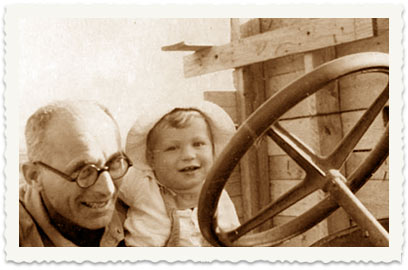
1. Raphael Salus with his son Giora, Kibbutz Heftziba 1942
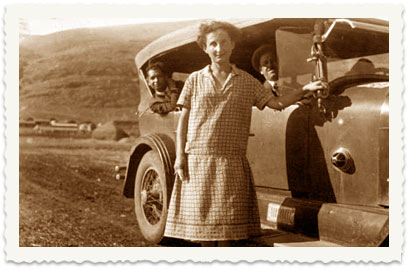
2. Miriam Salus near a guests' vehicle in Kibbutz Heftziba
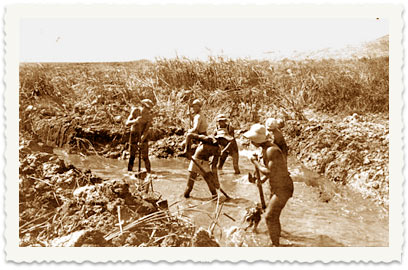
3. In the 1920s, there were mainly swamps and malaria at the foot of Mount Gilboa. The pioneers of the Heftziba and Beit Alfa kibbutzim worked to dry up the swamps

4. Manually drilling Heftziba's first well at the foot of Mount Gilboa, using a wooden crane
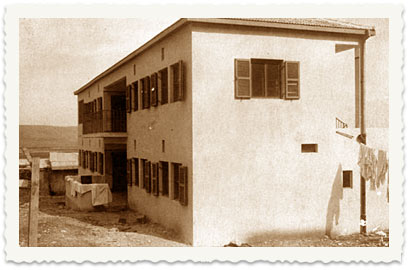
5. First children's resident in Kibbutz Heftziba, established in 1928
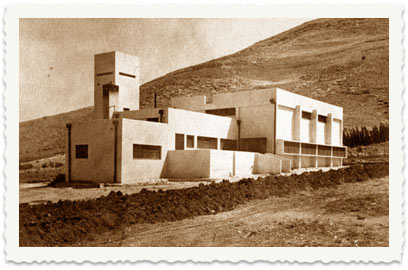
6. Kibbutz Beit Alfa's dining hall

7. Flour mill on the Sahne stream
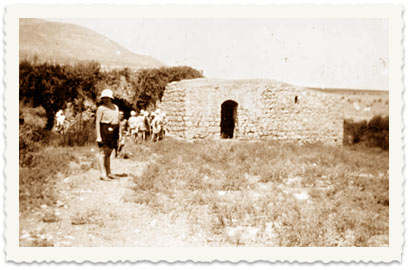
8. Children's trip to flour mill
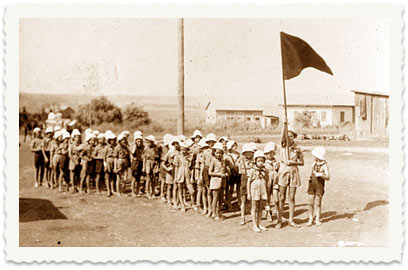
9. Leaving for May 1 parade at Kibbutz Ein Harod

10. Heftziba's children dip in one of the springs at the foot of Mount Gilboa, called "the little Sahne"
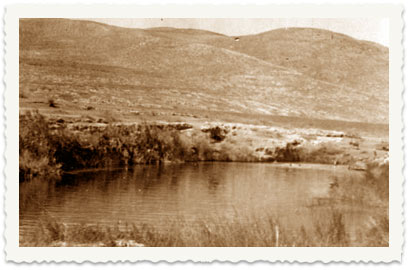
11. The starting point of the Sahne springs (today "Gan Hashlosha National Park")
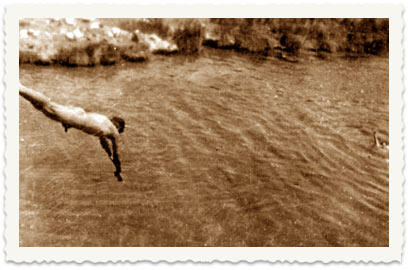
12. Skinny dipping in the Sahne springs
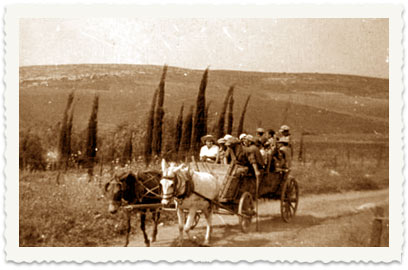
13. A tour of the valley's fields
- For more trips to the past - click here










